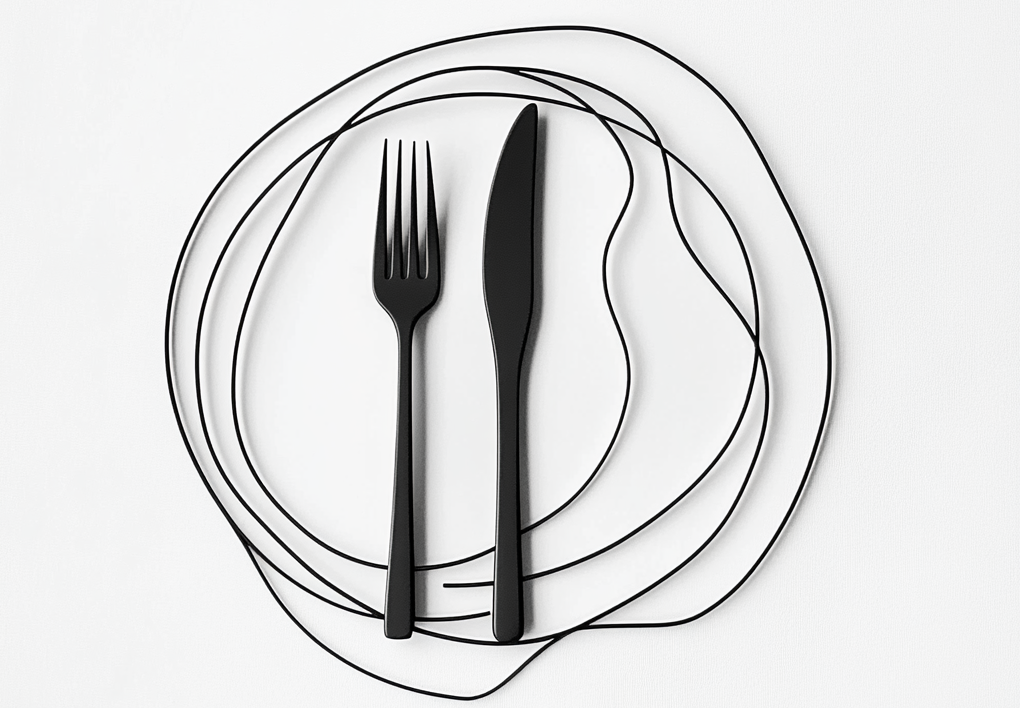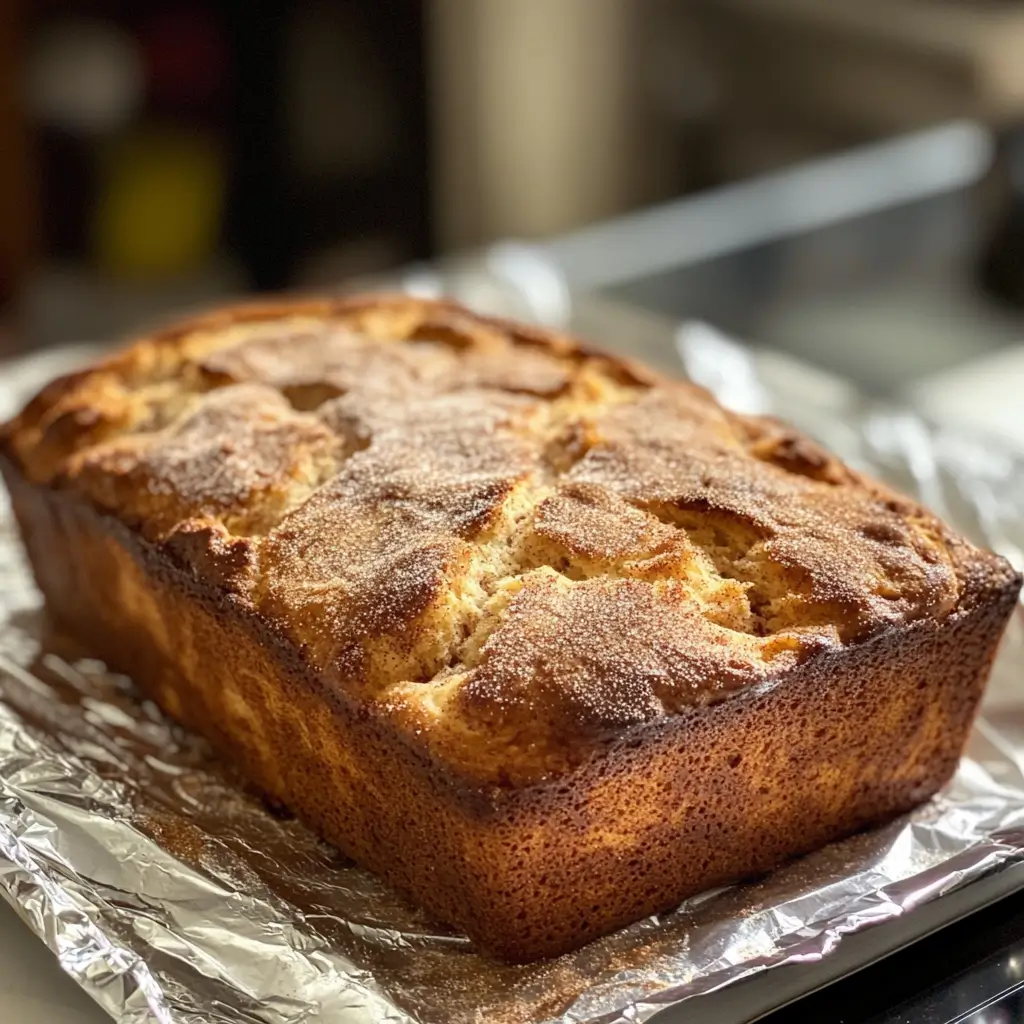Warm, buttery, and steeped in tradition—Amish Cinnamon Bread captures the hearts (and taste buds) of anyone who tries it. This iconic quick bread is beloved for its cinnamon-sugar swirl and moist, tender crumb. If you’re a baking enthusiast or simply someone seeking a delicious homemade treat, Amish Cinnamon Bread is the perfect addition to your recipe repertoire.
This post will guide you through the origins of this delectable bread, its ingredients, step-by-step instructions, tips for perfection, and creative variations you can try. By the end, you’ll be ready to bake and enjoy a loaf of your own.
A Slice of History: The Origins of Amish Cinnamon Bread
Amish Cinnamon Bread traces its roots to the Amish communities of North America, known for their focus on simplicity and tradition. Much like other Amish recipes, this bread exemplifies the ethos of hearty, wholesome baking. The recipe gained popularity for its ease—requiring no yeast or complex proofing process—and its rich, comforting flavor.
Over time, Amish Cinnamon Bread became a household favorite, celebrated beyond Amish communities. Its light sugary crust paired with a moist, cinnamon-infused crumb makes it an irresistible bake for breakfast, dessert, or a simple afternoon treat.
The Ingredient Lineup for a Perfect Loaf
Before we dive into the actual recipe, gather the following ingredients. Each one plays an essential role in creating the perfect texture and flavor for your loaf.
For the Bread Batter
- All-purpose flour (2 cups) – The foundation of the bread, giving it structure and substance.
- Granulated sugar (1 cup) – Adds sweetness and helps create that lightly caramelized crust.
- Buttermilk (1 cup) – Keeps the bread moist and enhances its tangy, rich flavor.
- Egg (1, large) – Binds the batter together and adds a soft texture.
- Baking soda (1 teaspoon) – A leavening agent that gives the loaf its rise and airy crumb.
- Butter (½ cup, melted) – For flavor and moisture.
For the Cinnamon-Sugar Mixture
- Granulated sugar (⅓ cup) – Combines with cinnamon to create the signature swirl.
- Ground cinnamon (1 tablespoon) – Gives this bread its warm, spicy sweetness that makes it a standout.
Optional add-ins like raisins or chopped nuts can be included for additional texture and flavor—more on that later!
How to Make Amish Cinnamon Bread
Now for the fun part—baking! Follow these simple steps to create a loaf that’s guaranteed to impress.
1: Preheat Your Oven
Preheat your oven to 350°F (175°C). Grease a 9×5-inch loaf pan with butter or line it with parchment paper to ensure easy removal later.
2: Mix the Dry Ingredients
In a large mixing bowl, whisk together the flour, sugar, and baking soda. This ensures that the dry ingredients are evenly distributed, resulting in a consistent texture.
3: Prepare the Wet Ingredients
In a separate bowl, combine the melted butter, buttermilk, and egg. Whisk until smooth. Slowly pour this wet mixture into the dry ingredients, stirring gently until just combined. Do not overmix—this could lead to a dense loaf.
4: Layer the Batter
Pour half of the batter into your greased loaf pan. Sprinkle half of the cinnamon-sugar mixture evenly over the batter. Repeat with the remaining batter and cinnamon-sugar mixture. Use a knife or skewer to gently swirl the layers together, creating that signature marbled effect.
5: Bake to Perfection
Place the loaf pan in the preheated oven. Bake for 50-60 minutes, or until a toothpick inserted into the center comes out clean.
6: Cool and Enjoy
Allow the bread to cool in the pan for about 10 minutes before transferring it to a wire rack. Enjoy your first slice while it’s still warm!
Tips and Tricks for the Best Amish Cinnamon Bread
- Don’t Overmix the Batter: Overmixing activates gluten in the flour, which can make the bread dense instead of tender.
- Use Room-Temperature Ingredients: This ensures a smoother batter and more even baking.
- Swirl Strategically: To create the perfect cinnamon-sugar swirl, use the tip of your knife to make gentle, figure-eight motions in the batter.
- Don’t Skip the Buttermilk: Buttermilk is key to achieving that moist texture, but if you’re in a pinch, you can swap it with regular milk mixed with 1 tablespoon of lemon juice or vinegar.
Delicious Variations to Try
Add-ins for Extra Flavor
- Nuts: Add crushed pecans or walnuts for a nutty crunch.
- Raisins: Mix in a handful of raisins for natural sweetness and added texture.
- Apples: Dice up some apples for a fruity twist that complements the cinnamon perfectly.
Spice It Up
- Add ½ teaspoon of nutmeg or cloves for a deeper, spicier flavor.
Make It Muffins
Divide the batter evenly into a muffin tin for single-serve portions. Bake at 350°F for 20-25 minutes.
How to Serve and Enjoy Amish Cinnamon Bread
The beauty of Amish Cinnamon Bread lies in its versatility. Consider these serving ideas to maximize your enjoyment.
- Plain with Butter: Serve warm slices with a slab of butter for a classic pairing.
- Toasted with Cream Cheese: Toast a slice and spread cream cheese for a tangy contrast.
- A Sweet Dessert: Drizzle with a simple powdered sugar glaze or enjoy warm with a scoop of vanilla ice cream.
- With Coffee or Tea: Pair with your favorite hot beverage for the ultimate cozy experience.
Whatever you choose, this bread is guaranteed to satisfy your taste buds.
Celebrate the Joy of Baking
Amish Cinnamon Bread is more than just a treat—it’s a celebration of flavor, history, and the simple joys of baking. Whether you’re a seasoned baker or a beginner in the kitchen, this recipe offers a rewarding experience with minimal effort.
Now it’s your turn—grab your ingredients, preheat the oven, and start baking a loaf of homemade happiness. When you’re ready to experiment, try out new variations or share your creative takes with us in the comments below.
Happy baking, and don’t forget to savor every slice!
How to Store Amish Cinnamon Bread
Proper storage is key to maintaining the freshness and flavor of your Amish Cinnamon Bread, ensuring it remains as delicious as the day it was baked.
At Room Temperature
If you plan to enjoy the bread within a couple of days, simply wrap it tightly in plastic wrap or store it in an airtight container. Keep it at room temperature in a cool, dry place to prevent it from drying out.
Refrigeration
For longer storage, refrigerate the bread to keep it fresh for up to a week. Be sure to wrap it in plastic wrap or foil, and then place it in an airtight container to lock in moisture and flavor. Remember to bring it to room temperature or toast it slightly before serving for the best taste and texture.
Freezing for Later
Amish Cinnamon Bread also freezes beautifully! Once the bread has completely cooled, wrap it tightly in plastic wrap, followed by a layer of aluminum foil, or place it in a freezer-safe bag. This double layer helps prevent freezer burn. Properly stored, the bread can be frozen for up to 3 months. When you’re ready to enjoy, thaw it at room temperature and warm it gently in the oven or toaster.
By following these simple storage tips, you can extend the life of your bread and savor its comforting sweetness whenever you like!
Frequently Asked Questions About Amish Cinnamon Bread
Can I Make This Recipe Gluten-Free?
Yes, you can make Amish Cinnamon Bread gluten-free by substituting all-purpose flour with a gluten-free flour blend. Make sure the blend includes xanthan gum or another binding agent to ensure the bread maintains its structure and texture.
Can I Use a Sugar Substitute?
Absolutely! You can use natural or artificial sweeteners like stevia, monk fruit, or erythritol instead of sugar. Be sure to follow the package instructions for equivalency, as some substitutes are sweeter than regular sugar.
What Can I Use Instead of Buttermilk?
If you don’t have buttermilk on hand, don’t worry! Combine 1 cup of regular milk with 1 tablespoon of lemon juice or white vinegar. Stir the mixture and allow it to sit for 5 minutes before using. It will work as a perfect substitute.
Can I Turn This Recipe into a Vegan Version?
Certainly! Replace the egg with a flaxseed or chia egg (1 tablespoon of ground flaxseed or chia seeds mixed with 3 tablespoons of water, left to sit for 5 minutes). Use plant-based milk combined with lemon juice for the buttermilk substitute, and swap the butter for vegan butter or coconut oil.
Why Is My Bread Dense?
Dense bread is often the result of overmixing the batter. Be gentle when combining the wet and dry ingredients, and mix only until just incorporated. Additionally, make sure your leavening agents like baking soda are fresh and not expired.
By addressing these common questions, you’ll feel more confident when baking your Amish Cinnamon Bread and may even inspire your own kitchen experiments!
Tips for Perfecting Your Amish Cinnamon Bread
To ensure your Amish Cinnamon Bread turns out perfectly every time, consider these extra tips and tricks.
- Measure Ingredients Accurately: Baking is a precise science, so use measuring cups and spoons for accuracy. Scooping directly from the flour bag may result in too much flour—always spoon it into the measuring cup and level it off with a knife.
- Room Temperature Ingredients: Incorporating ingredients like eggs and butter at room temperature helps create a smoother, more cohesive batter for even baking.
- Don’t Overbake: To keep your bread moist, check for doneness a few minutes before the recommended bake time. Insert a toothpick into the center; if it comes out with a few moist crumbs, the bread is ready.
- Preheat the Oven: Ensure your oven is fully preheated before placing the loaf inside. This guarantees even baking and helps the bread rise properly.
By following these tips, you’ll elevate your baking skills and achieve consistent, delicious results with every loaf.
Sharing and Storing Leftovers
Amish Cinnamon Bread is perfect for sharing with friends and family. Consider gifting a loaf as a thoughtful gesture for holidays, birthdays, or as a simple “just because” gift. Wrap it in parchment paper or decorative plastic wrap with a ribbon for a beautiful homemade touch. Leftovers, if there are any, can be sliced and stored as mentioned earlier, or repurposed into creative recipes.
Creative Ways to Use Stale Bread
If your bread has dried out slightly, don’t discard it! Transform it into tasty new dishes:
- Cinnamon Bread Pudding: Cube the bread and bake with a rich custard for a comforting dessert.
- French Toast: Use thick slices for a decadent, spiced French toast breakfast.
- Croutons: Cut into small cubes, bake until crunchy, and add as a unique topping to sweet salads or soups.
With these ideas, every crumb of your bread will be put to good use, ensuring zero waste while maximizing flavor.
Conclusion
Homemade bread is not just a delightful treat but also a versatile staple that can be enjoyed in countless ways. Whether it’s freshly baked and served warm, creatively repurposed into indulgent recipes, or transformed into new dishes with stale leftovers, bread truly shines as a culinary essential. By making your own, you not only enjoy the satisfaction of crafting something wholesome by hand but also reduce waste and explore endless possibilities in the kitchen. Happy baking!

